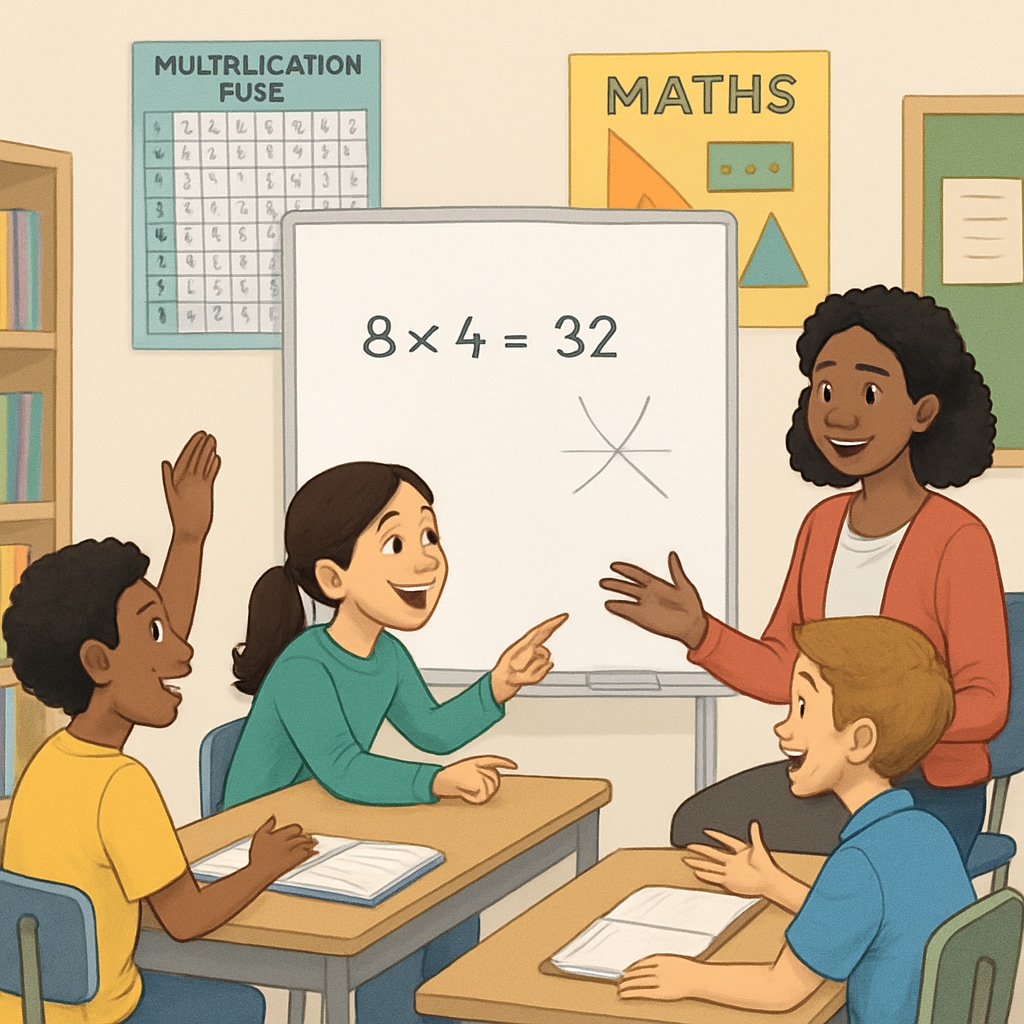Mathematics education, student motivation, and teaching strategies are pivotal in helping students understand the relevance of math in their lives. Yet, many students struggle to connect with mathematics, often questioning its purpose beyond the classroom. To address this challenge, educators can focus on innovative ways to tie math to real-life applications, foster curiosity, and inspire students to see its broader value in their future development.

Connecting Mathematics to Real-Life Scenarios
One of the most effective ways to spark interest in mathematics is by demonstrating its connection to everyday life. From budgeting personal finances to understanding statistics in sports, math plays a significant role in practical decision-making. For example, teaching percentages through real-world concepts like discounts during shopping can make lessons relatable and engaging.
Moreover, educators can integrate technology and tools such as interactive apps or simulations to further highlight how math is applied in various professions, such as engineering, architecture, and data analysis. By showing students these tangible connections, math transitions from abstract formulas to a skill they can use daily.
Fostering Curiosity Through Math in Nature and Art
Mathematics is deeply intertwined with the natural world and creative fields such as art. Concepts like the golden ratio (Golden ratio on Wikipedia) and symmetry provide excellent opportunities to showcase the beauty of math beyond its utilitarian aspects. For instance, educators can design lessons that explore how this ratio appears in famous artworks, architecture, and even in the patterns of nature.
Encouraging students to find mathematical patterns in their surroundings—like the spirals in seashells or the geometry of honeycombs—can ignite a sense of wonder and curiosity. This approach helps students appreciate math as a universal language that describes the world around them.

Preparing Students for Future Opportunities
While real-life applications and creativity are essential to engage students, it’s equally important to emphasize how math skills contribute to their future careers. Many growing industries, such as data science, artificial intelligence, and environmental research, rely heavily on mathematical principles. By introducing students to these career pathways, educators can demonstrate how mastering math opens doors to exciting opportunities.
In addition, collaborative projects and problem-solving tasks can simulate workplace scenarios where math is applied. For example, group activities like designing a sustainable building plan using geometry or calculating the carbon footprint of daily activities can enhance both critical thinking and teamwork skills while reinforcing the value of mathematics.
Strategies to Build Intrinsic Motivation
Intrinsic motivation—the drive to learn for personal satisfaction—can be cultivated through tailored teaching strategies. Here are some effective methods:
- Gamification: Incorporating games and challenges into math lessons can make learning fun and engaging.
- Personalized Learning: Adapting lessons to students’ individual interests, such as sports or technology, can make math more relatable.
- Peer Collaboration: Group work encourages students to share ideas, solve problems together, and learn from each other.
By combining these strategies, educators can create a supportive environment that encourages students to embrace mathematics not as a chore but as a tool for personal growth and exploration.
In conclusion: Mathematics education, student motivation, and teaching strategies are deeply interconnected. By linking math to real-world applications, creativity, and future aspirations, educators can inspire students to view mathematics as a valuable and exciting subject. As a result, students gain not only academic skills but also a broader perspective on how math shapes their lives and the world around them.


